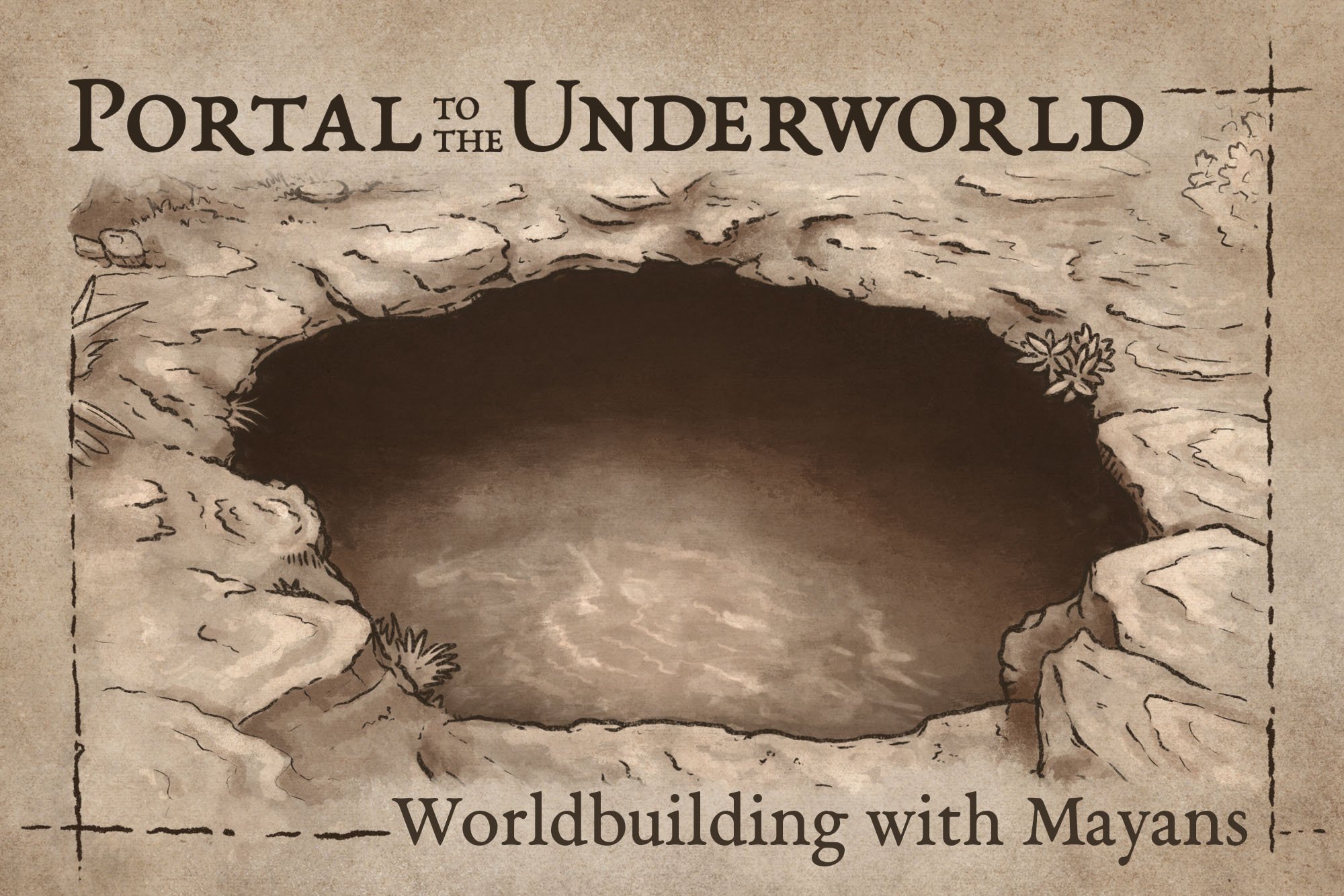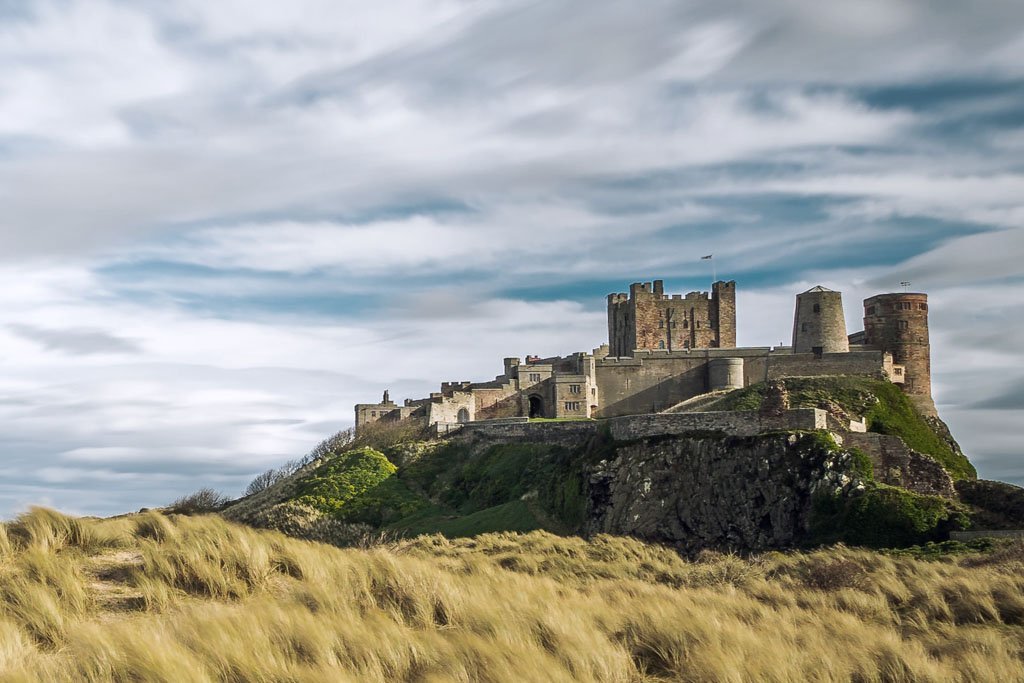The Two Rivers Map | The Process
One of the things I love to do when I begin reading a new fantasy book or series is to redraw the map in my style. It’s one thing to look at the map initially and skim it once in a while when I want to find the location of something. But, when I take the time to draw the map as I read, it helps cement the world in my mind. Plus, there are always details to uncover in the story that often do not appear on the original map. Including those elements are a great way to create something unique.
The Wheel of Time by Robert Jordan is one of the best-known fantasy series ever published. It’s actually a series I tried reading over a decade ago when I was first really getting into the fantasy genre. At the time, I remember enjoying it, but not feeling compelled to continue. Fast forward to 2019, and I had become a huge fan of the work of Brandon Sanderson, and his respect for Robert Jordan paired with the fact he finished the series was enough to drive me to pick it up again.
Download The Full Resolution Map
This map is not officially licensed by Robert Jordan or The Wheel of Time and is merely the work of a fan of the series.
A GLIMPSE AT MY PROCESS
Why the Two Rivers Map?
I decided to draw the map of The Two Rivers rather than the main Wheel of Time map for a couple of reasons. One being that I had been doing a lot of continent maps at the time and I wanted to work on a regional map. The other reason was I am one of those people who absolutely hates stumbling across spoilers. In order to do the main Wheel of Time map, the way I wanted to with icons for the cities would have required me to hunt for descriptions and inevitably have important plot points spoiled. On the other hand, the Two Rivers gives enough description in the first few chapters to provide me with much of what I needed.
Starting With the Sketch
The first thing I do when I begin a map is to start with a very rough sketch. At this stage, I am not concerned with making things look good, but making sure they are the right scale and in the right location. It’s much easier to adjust things in a simplified form, which saves you time down the road, so you don’t need to make significant revisions.
The mountains and hills are simple triangles or half-circles, and the main thing I’m looking at now is scale. Sometimes I scribble a cloud-like shape for the forests, but I wanted to indicate where some forests could be scattered, so I went with individual trees.
Uncovering Bonus Features
As I read, I look for little features mentioned in the story that I can include on the map. I will usually write a quick note on my sketch and may reference the page if I feel I need to come back to the full description. It feels a bit like a treasure hunt. In this case, one of the features I found was that The Winespring Water has willows growing along the banks. This was a fun opportunity to incorporate a different tree shape.
Adding the Line Art
Once my sketch is complete, I create a new layer above and begin to define the final line art. I often start with the mountains as it feels like you are building the map from the ground up. Other features like rivers or roads naturally arise based on the mountains and surrounding terrain.
I also make sure I do everything in stages. It is challenging to stay consistent if you fully render a mountain before moving on to the next one. You’ll often find a drift in your style, which you’ll have to go back and fix later.
The Ideal Place to Grow Up
One of the things I liked about the description of The Two Rivers is how Robert Jordan paints it as the ideal rural place to grow up. Even down to describing how Rand learned to swim in The Waterwood or the way he grew up exploring the area surrounding the Westwood with Mat and Perrin. This imagery really connected with my childhood and growing up in the country with the deciduous forests and lakes in Northern Michigan.
As I continued to add in the details, this was something I wanted to keep in mind. I wanted to make sure the map looked like a place that felt like home…one you would have a hard time leaving. So I made sure the trees in The Waterwood felt full and leafy rather than ominous or dark like you often see when you illustrate a swamp.
Drawing Some Final Details
With all the main features complete, I like to go through and add some extra details. In this case, I opted to add some stippling to the shady side of The Sand Hills to give more of the sandy texture. I also drew in some stones coming above the ground, particularly along The Quarry Road.
The Software I’m Using
Up to this point, everything has been drawing using the Procreate App on my Ipad. The one shortcoming of Procreate though, is the ability to add text and titles to a map. While you now can add text (A fairly recent update), there isn’t a great way to bend or alter the path of the titles to curve along mountain ranges and such. So once all the illustrations are complete, I move my project over to Photoshop for labeling.
Creating Icons for the Towns
The final thing I wanted to add was some icons for the towns. I wanted them to appear from a ground-level perspective, so it felt like you were getting a small glimpse into each town.
I spent some time researching the descriptions Robert Jordan provides of each town to figure out what I could incorporate and how I could differentiate them. For Emond’s Field, this meant the focus was on The Winespring Inn and the large tree planted beside it. For Taren Ferry, there were interesting descriptions of the construction of the buildings and the dock beside the river. Deven Ride was the most challenging as there wasn’t as much for description, so I made it reminiscent of Emond’s Field while trying to make the silhouette unique. Finally, the description for Watch Hill is that it sits on top of a hill, which allows it to take in the surrounding landscape.
Bringing it All Together
I love a map that feels like it was stuffed in a satchel as it traveled around the world. So for this map I decided to use one of my Ancient Paper Borders that I created to give that final touch. Adding some wear to your map is a great way to make it feel like a relic from history.
The whole map took me around 40-45 hours to complete. I actually finished reading The Eye of the World and The Great Hunt before it was done. It was a really enjoyable project and I definitely hope to do more maps from The Wheel of Time in the future.
Download the Full Resolution Map
After creating this map, I was honored to receive frequent requests for a way to get prints. But, as I do not have a commercial license for this map, that is unfortunately not an option. So I decided to make it a free gift to you and the amazing fandom surrounding The Wheel of Time.
Once you click the button below, be sure to click on the download arrow in the upper right corner to download the full resolution file and not just the preview. Enjoy! The Wheel Weaves as the Wheel Wills - Josh Stolarz
This map is not officially licensed by Robert Jordan or The Wheel of Time and is merely the creation of a fan of the series.












